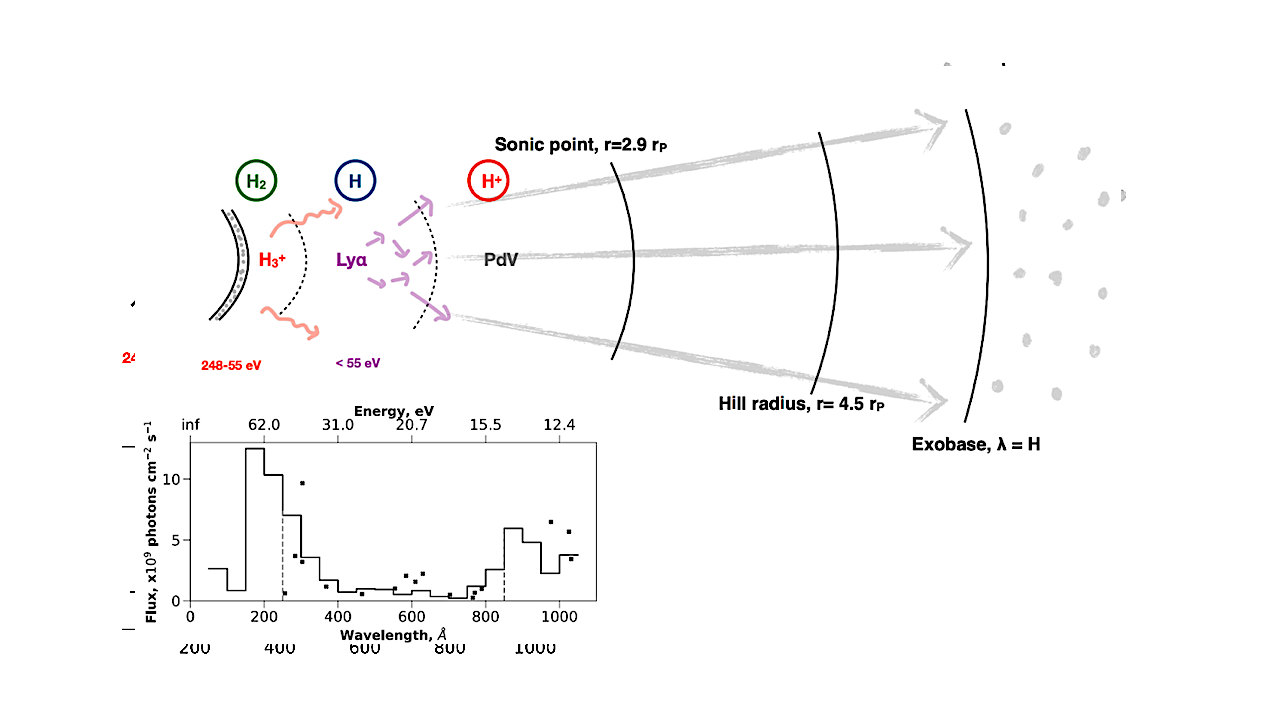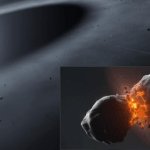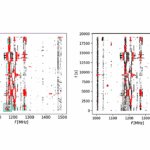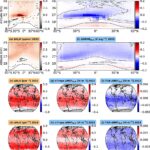Now Reading: The Surface and Interior Conditions of Temperate Sub-Neptune TOI-270 d
-
01
The Surface and Interior Conditions of Temperate Sub-Neptune TOI-270 d
The Surface and Interior Conditions of Temperate Sub-Neptune TOI-270 d
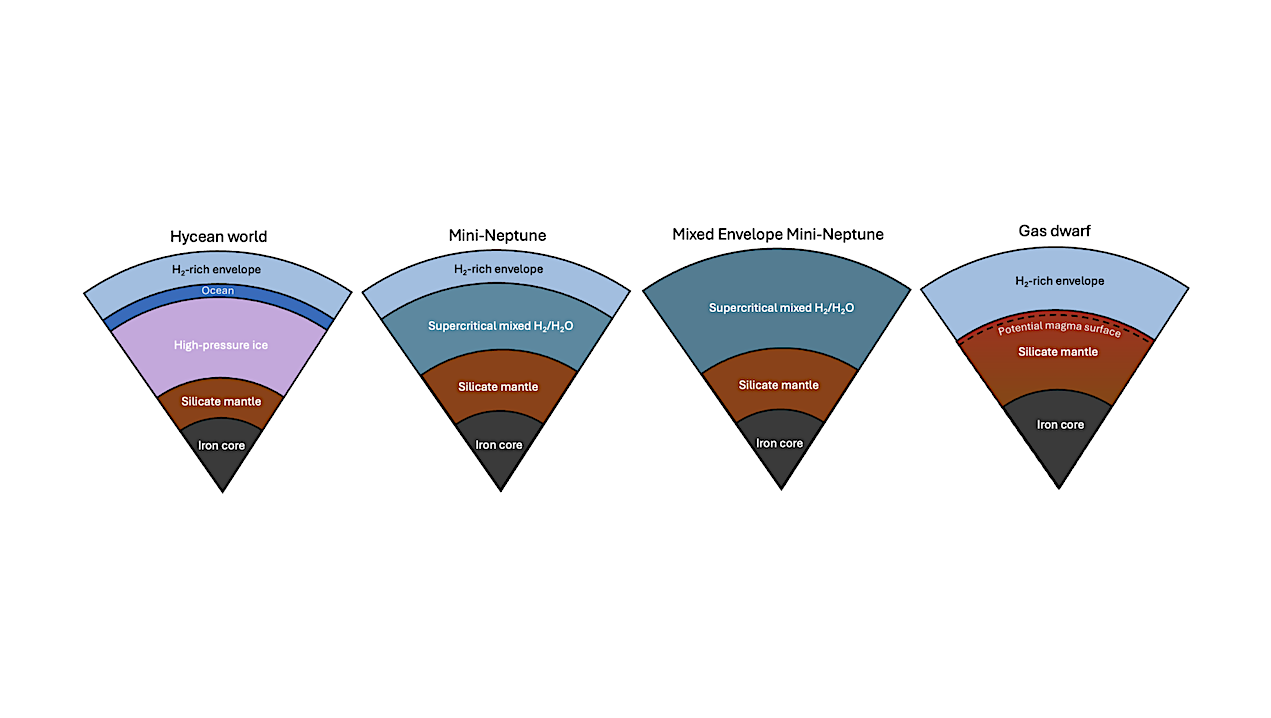
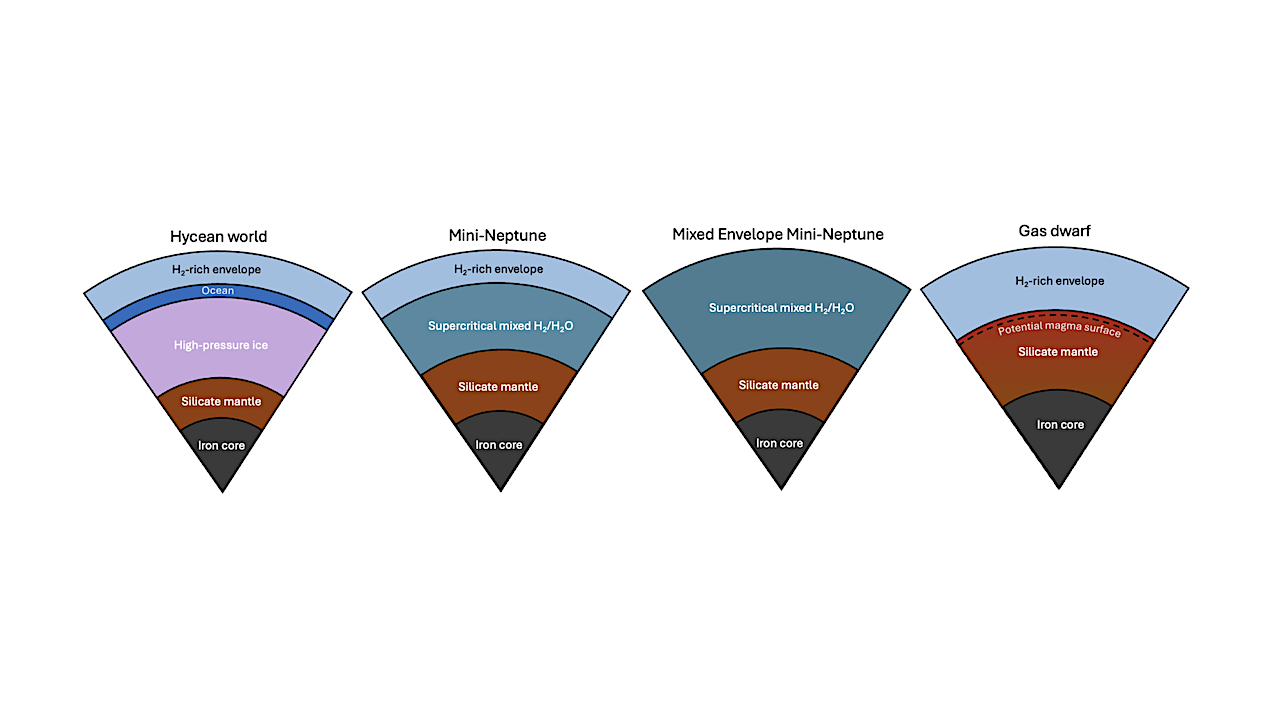
Examples of interior scenarios consistent with the bulk properties of TOI-270 d, spanning different atmospheric temperature structures and water mass fractions. The thickness of the layers are not to scale. — astro-ph.EP
Sub-Neptune planets, with no analogue in our solar system, provide a wealth of information about exoplanet diversity, formation & evolution, and habitability.
Their robust characterisation requires the coupling of physically informed atmosphere and interior models with precise atmospheric data to break compositional degeneracies. Recent JWST observations of the temperate sub-Neptune TOI-270 d revealed detections of CH4 and CO2 in its H2-rich atmosphere, with tentative inferences of H2O and CS2 and a non-detection of NH3. We conduct a theoretical exploration of the range of possible interiors for TOI-270 d based on the current observational constraints.
We carry out internal structure modelling using a coupled atmosphere-interior model, including self-consistent atmospheric temperature structures informed by JWST observations. The bulk properties permit solutions spanning mini-Neptune, gas dwarf and hycean scenarios, with a wide range of possible surface conditions, which are strongly dependent on the atmospheric properties, including the presence of clouds/hazes.
We explore the solutions allowing for surface water oceans on TOI-270 d, including under potentially habitable conditions. The atmospheric mass fractions permitting habitable surface conditions are found to be ≲3.5×10−5 and pressures ≲100 bar for the envelope temperature structures considered. We consider mini-Neptune interiors that are sufficiently warm for H2O to be mixed with the H2-rich envelope.
Finally, we consider possible gas dwarf interiors, finding H2-rich envelope mass fractions of ∼1−5 % are required to satisfy the bulk properties, with surface pressures ∼104−105 bar. Further theoretical and experimental studies in addition to future atmospheric observations will aid the characterisation of the possible interior and surface conditions on TOI-270 d.
Frances E. Rigby, Nikku Madhusudhan
Comments: 14 pages, 9 figures. Accepted to MNRAS
Subjects: Earth and Planetary Astrophysics (astro-ph.EP)
Cite as: arXiv:2511.16722 [astro-ph.EP] (or arXiv:2511.16722v1 [astro-ph.EP] for this version)
https://doi.org/10.48550/arXiv.2511.16722
Focus to learn more
Submission history
From: Frances Rigby
[v1] Thu, 20 Nov 2025 19:00:00 UTC (995 KB)
https://arxiv.org/abs/2511.16722
Astrobiology,
Stay Informed With the Latest & Most Important News
Previous Post
Next Post
-
 01From Polymerization-Enabled Folding and Assembly to Chemical Evolution: Key Processes for Emergence of Functional Polymers in the Origin of Life
01From Polymerization-Enabled Folding and Assembly to Chemical Evolution: Key Processes for Emergence of Functional Polymers in the Origin of Life -
 02Panasonic Leica Summilux DG 15mm f/1.7 ASPH review
02Panasonic Leica Summilux DG 15mm f/1.7 ASPH review -
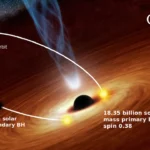 03Two Black Holes Observed Circling Each Other for the First Time
03Two Black Holes Observed Circling Each Other for the First Time -
 04How New NASA, India Earth Satellite NISAR Will See Earth
04How New NASA, India Earth Satellite NISAR Will See Earth -
 05And Thus Begins A New Year For Life On Earth
05And Thus Begins A New Year For Life On Earth -
 06Astronomy Activation Ambassadors: A New Era
06Astronomy Activation Ambassadors: A New Era -
07SpaceX launch surge helps set new global launch record in 2024
















